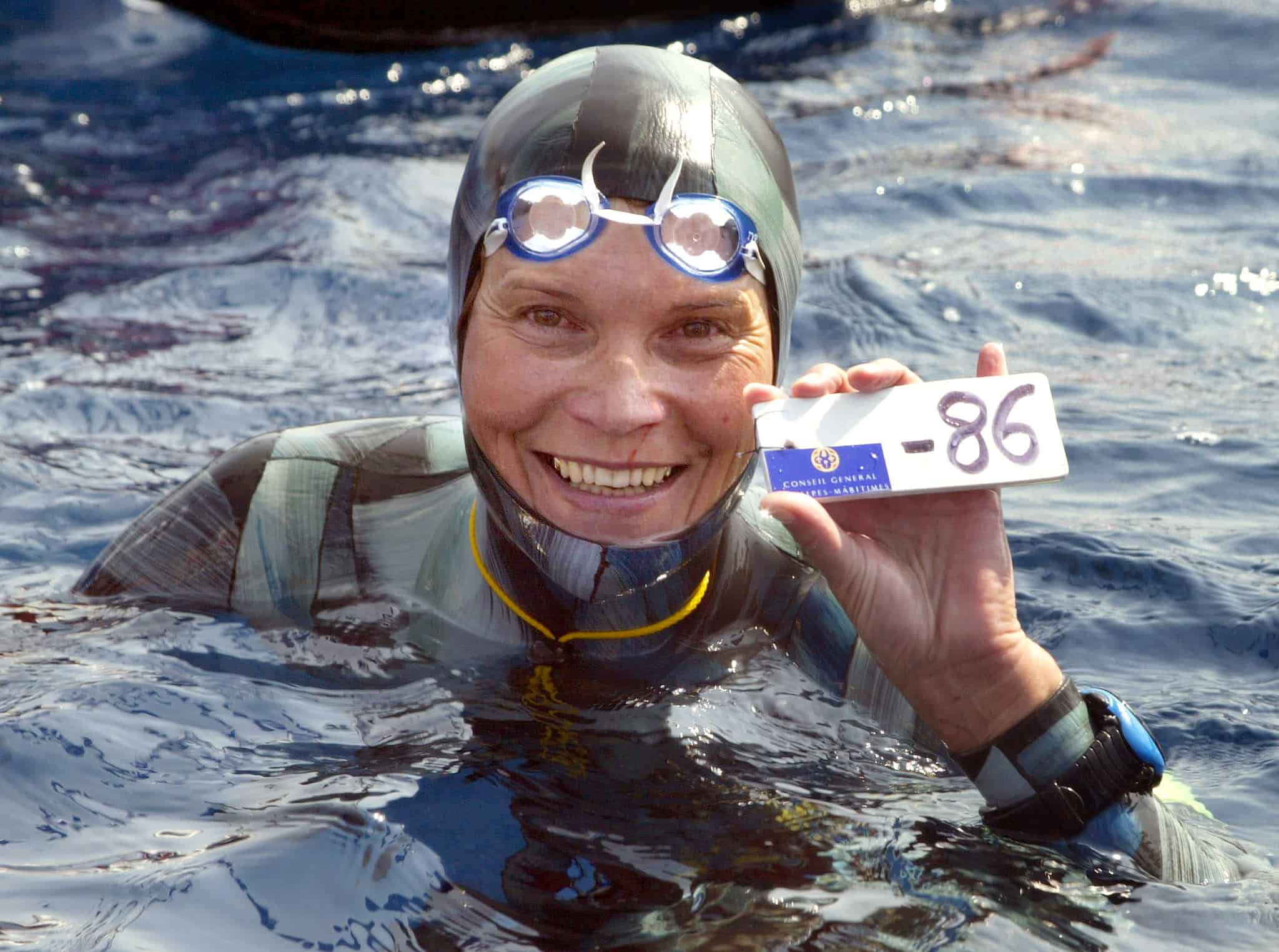Dropping down below the water with lungs full of air and swimming around is known as free diving. You’ve probably done it yourself in a pool, river, lake or the ocean. Even if you swim shallow for a short time underwater, you are still free diving. Swimming around in Costa Rican waters are more free divers than you might think.
When you swim around on the surface and breathe through your snorkel, you are snorkeling. Free divers almost always snorkel between dives, though not all snorkelers free dive. Free dives last as long as you can hold your breath; then you snorkel for a while until you catch your breath and dive down again.
When you strap a tank on your back and breathe compressed air underwater through a scuba rig, you are scuba diving. The well-known dangers of scuba diving come from breathing compressed air. Stay down too long, come up too fast or go too deep, and you could get hurt from having more than a normal breath of air. There is no danger of the bends when you are free diving unless you do it after scuba diving the same day.
Most scuba divers enjoy free diving and are usually quite good at it. Time spent below with a tank increases your comfort level when you are down free diving. Scuba diving exercises many of the same muscles as free diving. For these reasons, the most experienced free divers are also scuba divers.
Good free-diving guides can be hard to book in Costa Rica, as they tend to be diving instructors who are busy guiding scuba trips. But if you request it and are willing to pay for it, you can procure an instructor in all the major dive areas in the country.
A diving instructor can teach you the basic tricks that will enable you to drop on one breath much deeper than you might expect on your first day. Most dive masters are prepared to lead free-diving trips to many of Costa Rica’s well-known dive sites.
One of the most important things you will learn is to equalize your ears as you descend. Most people already know how to do this from driving high in the mountains or flying in an airplane. The tricks take just a few minutes to learn and are crucial to safely free dive more than a few feet deep.
A practiced surface dive and fin kick will help conserve energy and thus make your breath of air last longer underwater. Relaxing will also give you what free divers call “better air,” or more down time. Perhaps most important to staying underwater longer is to breathe slowly and deeply for a few moments before each descent. The efficient breathing practices used in childbirth or yoga are perfect training for free diving.
The world’s most famous free divers, of course, are the dolphins and whales. They spend their entire lives free diving, taking breaths at the surface before descending.
They also practice group free diving in which a group of them takes breaths and goes down at the same time. Try doing this repeatedly with a group of friends and you will see it requires an enormous amount of discipline, coordination and communication. Humans have a tough time with group free diving for more than short periods of time – the hardest part is coordinating everyone’s breathing needs. Many dolphins free dive in groups nearly all their lives.
Pacific divers report quickly changing conditions recently, with visibility, currents and temperatures changing with each tide, but excellent big-animal diving in general. The Caribbean’s unusually long streak of diving weather is over because of the nice surf, with big waves leaving the coral reefs safe for surfers only.






